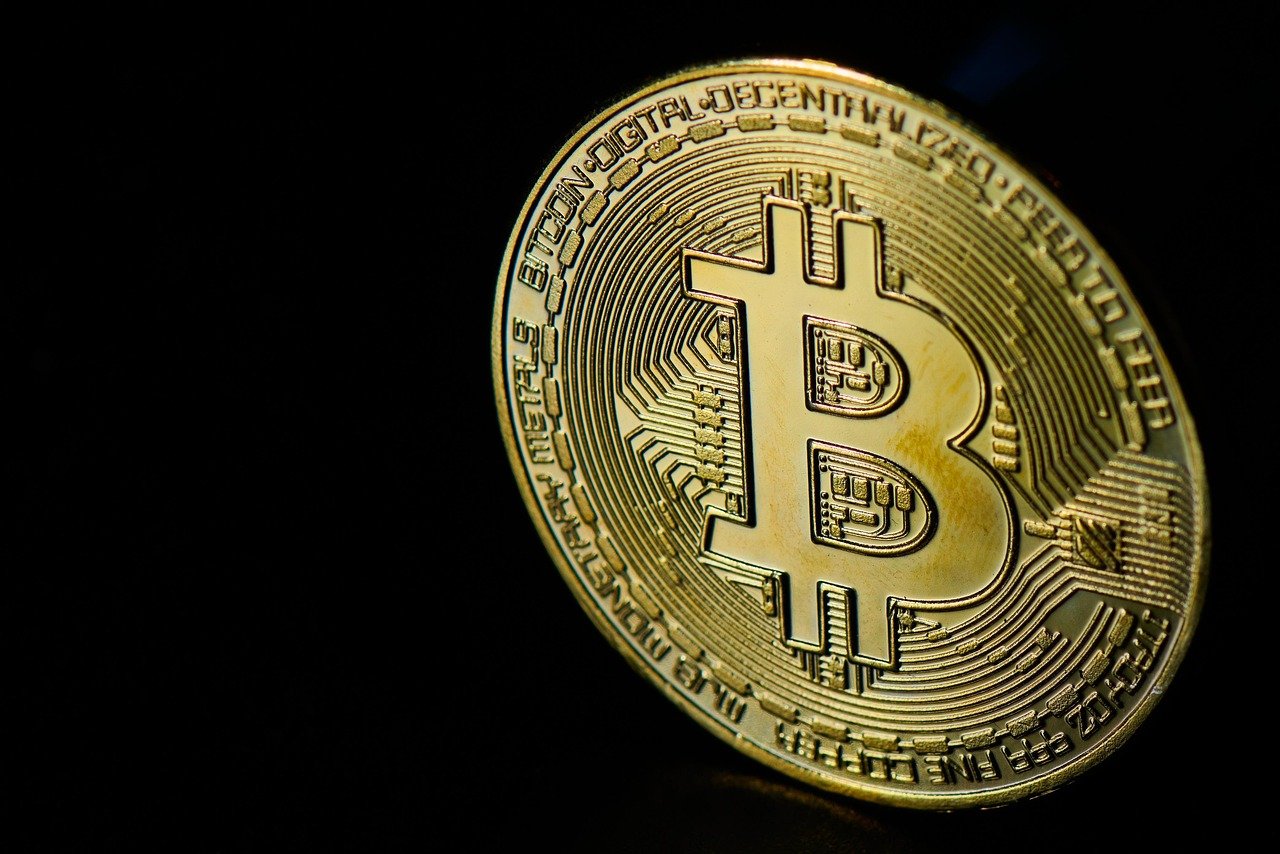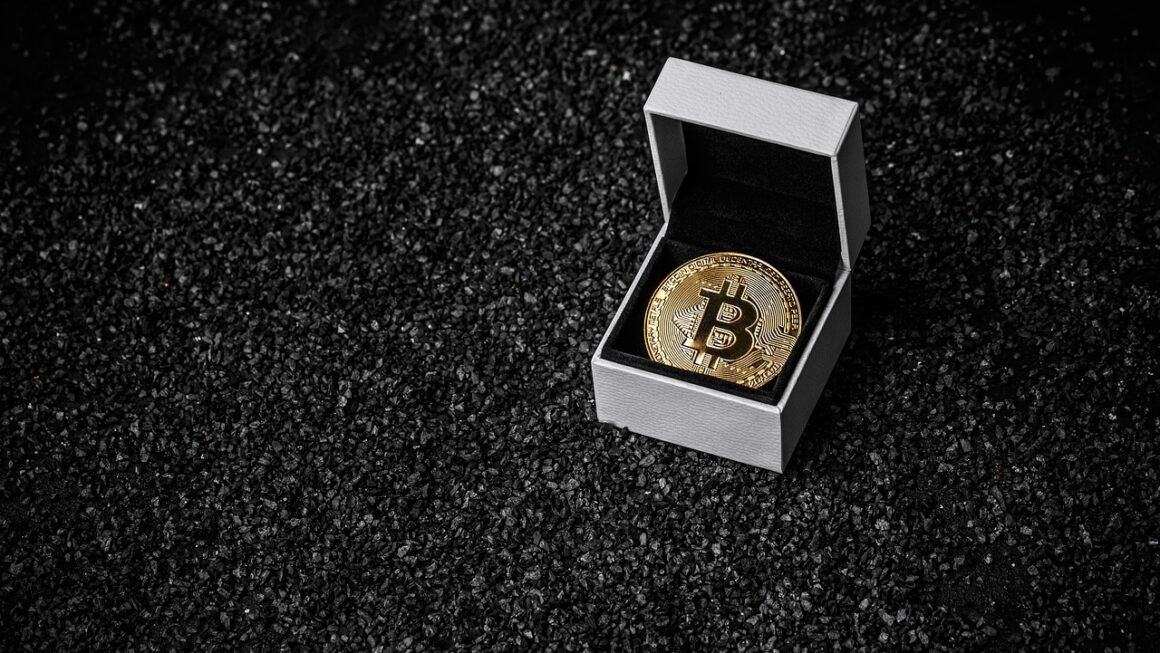Token burns. The phrase sounds dramatic, almost apocalyptic, yet it’s a common mechanism employed by cryptocurrency projects. It involves permanently removing tokens from circulation, effectively decreasing the total supply. But why would anyone deliberately destroy their own digital assets? The answer lies in understanding the mechanics and motivations behind this practice, and its potential impact on the token’s value and the overall ecosystem. This blog post delves into the intricacies of token burns, exploring their purposes, benefits, and potential drawbacks.
What is a Token Burn?
Defining Token Burn
A token burn is the process of permanently removing a specific number of cryptocurrency tokens from circulation. This is achieved by sending the tokens to a “burn address,” which is a cryptographic address that no one has the private key to, effectively rendering the tokens inaccessible and irretrievable. It’s like shredding money – the tokens are gone forever.
How Token Burns Work
- Designated Burn Address: Tokens are transferred to a publicly verifiable burn address, often a randomly generated string of characters with no known corresponding private key. This ensures transparency. Anyone can verify the burn transaction on the blockchain.
- Permanent Removal: Once tokens are sent to the burn address, they are permanently removed from the circulating supply. No one can access or spend these tokens.
- Decreasing Supply: The fundamental goal is to reduce the overall supply of the token, theoretically increasing the scarcity and potentially driving up its value (demand remaining constant).
Example: Binance’s BNB Burn
A prime example is Binance’s BNB burn. Binance burns a portion of its BNB tokens every quarter, based on trading volume. They initially committed to burning 100 million BNB, which represents half of the total supply. These burns are publicly announced and verifiable on the blockchain, demonstrating transparency and adherence to their roadmap. The stated reason for these burns is to increase the value of the remaining BNB tokens.
Why Perform a Token Burn?
Increasing Scarcity and Value
The most common reason for a token burn is to create scarcity. In economics, reduced supply combined with stable or increasing demand tends to lead to higher prices. Token burns are a deflationary mechanism, meaning they aim to combat inflation and increase the value of each remaining token.
- Supply and Demand Dynamics: Burning tokens reduces the supply, potentially increasing demand and driving up the price.
- Long-Term Value Appreciation: By creating scarcity, projects hope to increase the long-term value and attractiveness of their tokens.
Rewarding Token Holders
Burning tokens can be seen as a way to reward existing token holders. By reducing the total supply, each remaining token represents a larger percentage of the overall network or project, effectively increasing the ownership stake and potentially benefiting from future growth.
- Increased Ownership Stake: Fewer tokens in circulation mean each holder owns a larger percentage of the network.
- Potential for Price Appreciation: As scarcity increases, the value of existing holdings may appreciate.
Maintaining Price Stability
Token burns can also be used to help stabilize the price of a token, especially during periods of high volatility or inflation. A sudden increase in circulating supply can dilute the value of existing tokens. A burn can counteract this effect.
- Counteracting Inflation: Burning tokens can help to offset the effects of minting new tokens.
- Reducing Volatility: By strategically removing tokens from circulation, projects may be able to mitigate price swings.
Removing Inactive or Unused Tokens
Sometimes, projects burn tokens that were allocated but never distributed, or tokens that are deemed unusable. This can streamline the token supply and improve transparency.
- Clean Up Supply: Getting rid of tokens that won’t be used clarifies the true circulating supply.
- Improved Transparency: A simpler supply structure can make the project more transparent and trustworthy.
Token Burn Mechanisms
Scheduled Burns
These burns are pre-planned and often occur at regular intervals (e.g., quarterly, annually). The rules and conditions for these burns are usually defined in the project’s whitepaper or tokenomics. Binance’s BNB burn is a prime example.
- Predictable and Transparent: Scheduled burns provide a predictable and transparent mechanism for reducing the token supply.
- Builds Confidence: Investors know what to expect and can factor it into their investment decisions.
Revenue-Based Burns
A portion of the revenue generated by the project is used to buy back tokens from the market and then burn them. This mechanism links the token supply to the project’s success.
- Tied to Project Performance: The amount of tokens burned is directly proportional to the project’s revenue.
- Incentivizes Growth: The more successful the project, the more tokens are burned, benefiting token holders.
Proof-of-Burn (PoB) Consensus Mechanism
In some less common cryptocurrencies, PoB is used as an alternative consensus mechanism to Proof-of-Work (PoW) or Proof-of-Stake (PoS). Instead of expending computational power or staking tokens, miners “burn” tokens to demonstrate their commitment to the network. The more tokens they burn, the higher their chances of being selected to mine the next block.
- Alternative to PoW and PoS: Offers a different way to achieve consensus.
- Environmentally Friendly (Potentially): Can be less energy-intensive than PoW.
Example: Shiba Inu’s Burn Portal
Shiba Inu has implemented a burn portal where users can voluntarily burn their SHIB tokens. In return, they receive BURNT tokens, which could have future utility within the Shiba Inu ecosystem. This allows the community to directly participate in reducing the token supply.
Benefits and Drawbacks of Token Burns
Benefits
- Increased Scarcity: The primary benefit is a decrease in the total supply of the token, which can lead to price appreciation.
- Rewarding Holders: Burning tokens rewards existing holders by increasing their ownership stake and potentially boosting the value of their holdings.
- Price Stabilization: Can help to stabilize the price of a token during periods of high volatility or inflation.
- Enhanced Transparency: Planned and verifiable burns can improve transparency and build trust within the community.
Drawbacks
- No Guarantee of Price Increase: While a burn can increase the price, it’s not guaranteed. Market conditions, overall sentiment, and the project’s fundamentals play significant roles. If demand doesn’t increase or remains stagnant, the price might not move.
- Potential for Manipulation: If the burn mechanism isn’t transparent or if the project has control over a large portion of the tokens, there is potential for manipulation.
- Psychological Effect: The perceived value created by a burn might be purely psychological, without a tangible impact on the utility or adoption of the token.
- Opportunity Cost: The funds used to buy back and burn tokens could potentially be used for other initiatives, such as development, marketing, or partnerships, which might yield greater long-term benefits.
- Burn Addresses Cannot Be Recovered: This is more of a note about security than a drawback: ensure the burn address is correct, as mistakes are irretrievable.
Examples of Token Burns in Practice
Ethereum (ETH) EIP-1559
While not a traditional “burn” in the same sense as Binance’s BNB burns, the Ethereum Improvement Proposal (EIP) 1559 introduced a mechanism that burns a portion of the transaction fees. This has had a significant impact on the Ethereum supply and has helped to stabilize the price of ETH.
- Transaction Fee Burning: A percentage of transaction fees are permanently removed from circulation.
- Deflationary Pressure: This mechanism puts deflationary pressure on the ETH supply.
Terra Luna Classic (LUNC)
Following the collapse of the Terra ecosystem, the community has implemented a 1.2% tax burn on all on-chain transactions of LUNC. This aims to drastically reduce the enormous supply of LUNC and potentially restore some value to the token.
- Community-Driven Initiative: A burn initiated by the community to try and recover from a crisis.
- Significant Supply Reduction: Aims to drastically reduce the total supply over time.
Conclusion
Token burns are a complex but potentially effective tool in the cryptocurrency space. While they can create scarcity, reward holders, and stabilize prices, they are not a guaranteed path to success. Understanding the motivations behind a token burn, the mechanisms employed, and the potential risks and rewards is crucial for making informed investment decisions. Ultimately, the success of a token burn depends on a variety of factors, including the project’s fundamentals, market conditions, and overall investor sentiment. When implemented strategically and transparently, a well-executed token burn can be a valuable tool for creating a sustainable and thriving cryptocurrency ecosystem.



